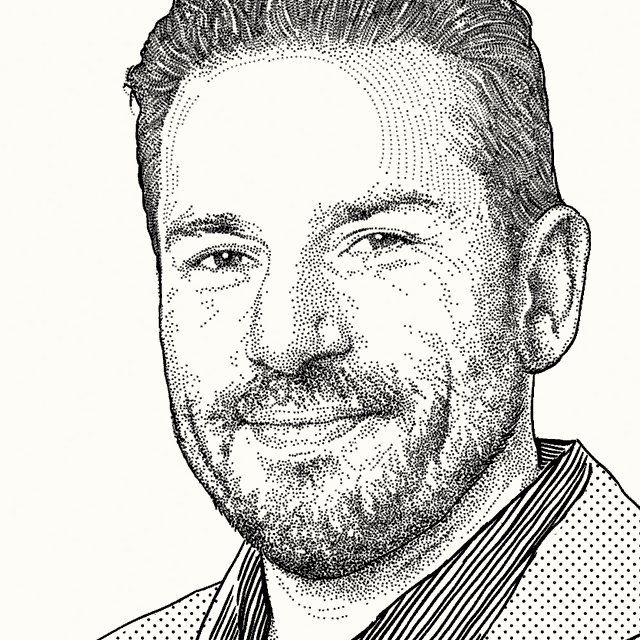The Risk in Your Assumptions


In February 2020, I was one of the people who was very alarmed by COVID. Despite feeling a little self-conscious about my “end of days” attitude, I bought a freezer, cases of hand sanitizer and a lot of toilet paper. I spent a weekend vacuum-sealing chicken and steak because, in the moment, I was focused on what felt most critical if COVID's spread made it hard to take care of my family. It was a dramatic departure from our urban abundance, the Instacart life of on-demand everything.
At the same time, I did not systematically evaluate other areas of my family’s life that would be impacted if COVID turned into more than a local scare in China. For example, our savings remained in the stock market, where it quickly started to plummet. Obviously, this decision made no sense. While it was easy for me to assume that grocery stores might run out of meat, I didn’t question other risks that might present themselves in an unfolding pandemic. As a “buy and hold” public market investor, I didn’t think to make changes to my strategy.
On a macro level, Silicon Valley Bank collapsed because—like me at the outset of the pandemic—it didn’t reevaluate key assumptions or the operations that support those assumptions. Like most investors, our team at TheGP did not view treasury management as a critical component of a startup, and we certainly did not operate as though bank deposits were at risk. We were caught by surprise as the rumors of SVB's collapse started the bank run, and as a result, we had to confront the significant and unexpected risks that stemmed from our misguided assumptions about the stability of a banking partner.
We have written a bunch about the fall and potential fallout of SVB from a capital markets perspective. But builders need to course correct by looking deeper into their businesses to figure out the key assumptions they’re making and then question them. After the dust settles and you’ve figured out a new approach to managing your capital so that it’s both available and safe (aka you froze steak so you can feed your family), don’t stop digging. Take this time to assess the risk in all of your assumptions.
With some space from SVB’s collapse, I believe that what SVB did right was pick an amazing target audience (founders and VCs) and serve that audience as a niche player with a unique and highly valuable product. Their mistake might have been as simple as making an incorrect assumption around changing interest rates, but their fatal mistake was operating business as usual as the state of the economy moved into more unprecedented territory. SVB experienced outlier deposit levels (due to low rates) and ran their "normal" investment process and portfolio construction strategy. Despite operating in an all-time low interest rate world, they did not adjust their assumptions about portfolio mix, liquidity requirements or deposit duration, risking their ability to meet clients’ future needs. Outlier deposit inflows did not lead to an operating change to hold more margin for potential outlier withdrawals.
The shift in Fed policy to raise rates put pressure on the bond portfolio at the exact same time it created a slowdown in capital flowing to SVB’s clients. One high-leverage assumption put too much pressure on the model, and as the world changed, it broke.
Founders—I hope the lesson you take away from SVB’s collapse is the importance of regularly questioning your key assumptions with a sense of urgency. When you’re leading a business, the first step is recognizing the market you’re playing in to identify unprecedented times. The second step, and the way you actually achieve operational excellence, is to make a habit of digging into your own assumptions on a regular cadence to make your business stronger. I don’t have specific “best practices” to offer on how to do this, but I believe it starts with some version of these questions: What needs to be true for me to succeed? Do I have more or less confidence that this will still be true next quarter or next year, and why?
Maybe start by simply articulating the three main assumptions you’ve made in your strategy. These are the “truths” that underlie your operating decisions on an ongoing basis. When I think about this exercise at The General Partnership, the three truths are:
Capital is a commodity and offering a differentiated service is a competitive advantage
Founders will invest equity to access recruiting, go to market, and product/engineering services delivered by exceptional builders in a dedicated engagement
This dedicated work with founders is compelling to the best builders in the startup industry
If you are unclear about your assumptions, a good place to start is with a list of your beliefs about the world your business is operating in. Why is now a good time to run this company? What waves are you hoping to ride and why do you have faith that these waves will rise? These external factors might help you identify your key assumptions and open the door to data you can use to support your beliefs.
Once you figure out your key assumptions, keep a running list and try to note high-leverage beliefs you and your team hold that drive strategy and operational decisions. Make a habit of looking at this list once per quarter or every six months, and dig into the facts that underlie each assumption. How volatile are these facts? Are they more or less true today compared to the last time you checked in? Do you have more or less conviction that they will be true in the future?
Here’s the thing—our bank collapsed. We assumed it was safe. The good CEO now knows they need to change their treasury management strategy, just like I knew to buy a freezer and spend the weekend with a vacuum sealer. But the great CEO will also figure out what else they should adjust. That leader will figure out exactly how to poke holes in their own assumptions, potentially revealing the big risks lurking around the corner.
Up Next
Welcome Dan Pupius to TheGP
An update to our engineering bench

Partnering with VectorWare
We’re entering the GPU-native era.
